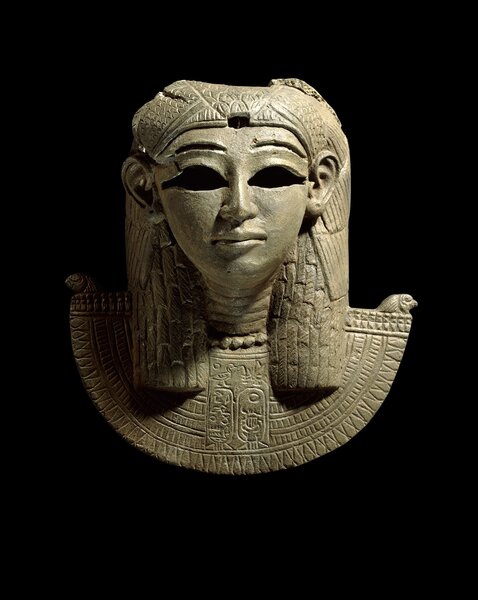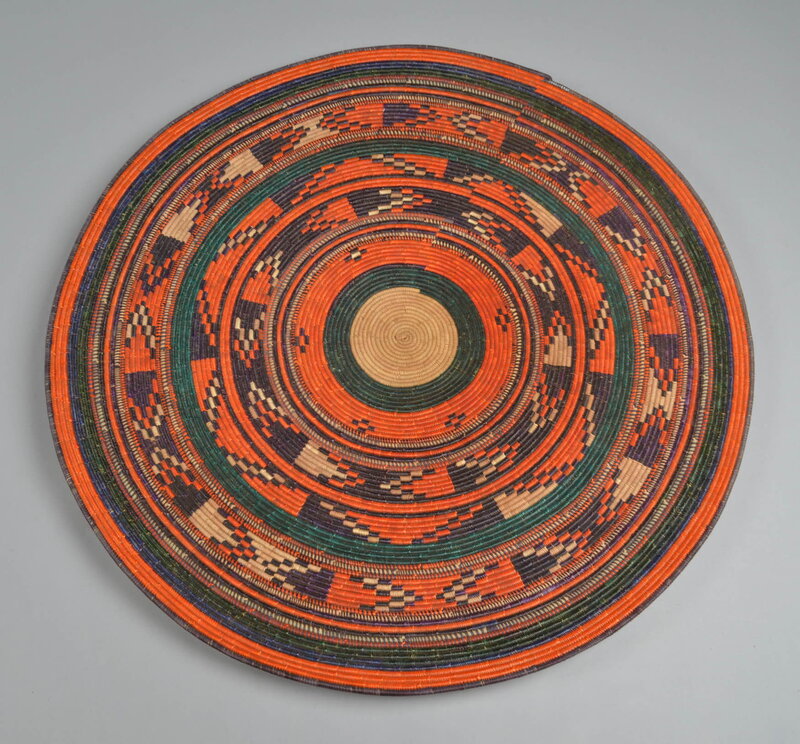British Museum Tour Explores Ancient Sudan
A new touring exhibition will explore the Kushite Kingdom, one of the largest empires in the ancient world, which flourished in Sudan nearly 3,000 years ago.
A British Museum Spotlight Loan Ancient Sudan: enduring heritage will examine this ancient culture’s skilled craftsmanship, distinct religious beliefs, and the important role of women in their society, as well as exploring the rich culture of modern Sudan.
Dr Loretta Kilroe, Project Curator: Sudan and Nubia at the British Museum, said, ‘Sudan has a fascinating history and a rich cultural heritage that is often overlooked. With ongoing conflict in the region, it is vital that this heritage is protected. In collaboration with Sudanese communities, this exhibition will highlight ongoing protection and conservation efforts, as well as bringing Sudan’s fascinating history to life for new audiences.’
Positioned at a crossroads between Central Africa and the Mediterranean, Ancient Sudan was a nexus for people, cultures and ideas. The Kingdom of Kush (8th century BC – 4th century AD) was, at its height, one of the largest empires in the ancient world, ruling from the Blue Nile to the Levant. Its many notable rulers include Taharqo or Taharqa, who fought the Assyrians and built temples across Sudan and Egypt, and Amanirenas, who may have been the queen responsible for resisting Roman expansion into Sudan.
Dr Daniel Antoine, Keeper of the Department of Egypt and Sudan at the British Museum, said, ‘We have an ongoing commitment to conservation efforts in Sudan, working closely with colleagues in the region through long-term research projects and the work of the Sudan Archaeological Research Society, founded over 30 years ago. We are delighted to collaborate with Sudanese communities on this exhibition and to introduce people around the UK to Sudan’s rich cultural heritage, both past and present.’
Sudan’s cultural heritage now faces significant threats, due to an ongoing civil war that has displaced millions of people. While highlighting the efforts of Sudanese people to protect their heritage, the exhibition will introduce audiences to a deep, rich culture that is not defined by present conflict.
Dr Abdelrahman Ali Mohamed Rahma, former Director General of the National Corporation of Antiquities and Museums Sudan and current UNESCO Sudan Representative, said, ‘Ancient Sudan, once home to the great Kingdoms of Kush and Nubia, possesses a rich and enduring heritage that has profoundly shaped the cultural landscape of Africa and the world. This is now under serious threat. The National Corporation for Antiquities and Museums Sudan (NCAM) is coordinating with UNESCO and other international partners such as the British Museum to protect Sudanese sites and museums.’
At each of the tour’s venues, the exhibition programme will be developed with local community groups. Portsmouth Museum and Art Gallery will collaborate with Sudanese Community In And Around Portsmouth, which organises social and cultural events to preserve heritage, and the Rural Refugee Network, which offers support to refugees from Sudan and other countries affected by conflict. The exhibition will also make links with the work of conservation and documentation projects such as Safeguarding Sudan’s Living Heritage, the Darfur Women’s Museum and Sudan Memory.
This Spotlight Loan includes nine items loaned from the British Museum, with highlights including:
- Bronze figurehead of a goddess (3rd century BC) Found in Kawa, Sudan, this striking object would have been fitted to the prow of a ceremonial boat that housed a statue of a god and was carried between temples. The figurehead may represent the goddess Isis and was commissioned by King Arnekhamani, a Kushite king who constructed temples in central Sudan.
- Sandstone offering table (AD 25–150) This carved offering table belonged to a person named Qenabelile and features a central depression into which liquids such as water were poured as libations to the dead. It features inscriptions in Meroitic, the indigenous written language of the later Kushite period, and depictions of the deities Nephthys and Anubis. The imagery takes inspiration from earlier Egyptian models but is used in a distinct Kushite fashion.
- Clay jar decorated with Nile crocodiles (AD 250–300) This wheel-made jar was placed in a grave next to a wealthy individual in a cemetery near the northern town of Faras. It was designed to hold liquid, perhaps water, but had been filled with straw to transform it into a symbolic grave offering. It is decorated with intricately painted crocodiles, an animal both feared and revered across Kush, where the river Nile was an essential part of daily life.






